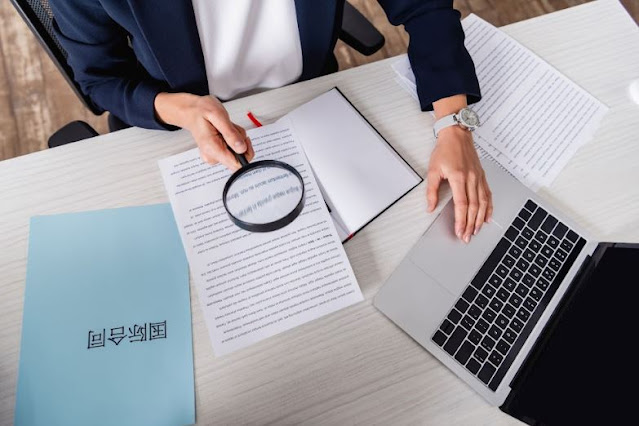
In today's globalized world, businesses often need to translate important documents. Anything from contracts to marketing materials and product manuals needs a translation – all are available in multiple languages.
While translation can seem simple, it requires careful consideration and attention to detail. Without it, the documents could lose their accuracy and effectiveness. According to Brittanica, languages evolve and change over time.
Because languages can adapt to changing environments, it is even more essential for businesses to have accurate translations of their documents. Hence, following the 7 best practices for translation below could help avoid pitfalls and provide the best possible results:
1. Choose A Suitable Translation Method
Before beginning to translate documents, choose the most suitable method. Although some prefer to use one over the other, each has pros and cons. Therefore, companies should evaluate and compare their needs to what these methods offer.
There are two main options:
• Machine translation
• Human translation
Machine translation relies on computer algorithms to translate text automatically. This method can be faster and more affordable than human translation. However, it often produces inaccurate or awkward translations, especially in complex or technical language.
For this reason, human translation is often the preferred method. Many companies still employ the services of Spanish Business Document Translation Services, among others, for their expertise. Additionally, business documents require accuracy and clarity that not all machine applications can provide.
2. Invest In A Professional Translator
Choosing a translator could mean selecting a qualified and experienced professional. Some will specialize in the document's language and subject matter, while others won't. They can thus ensure the translation considers cultural nuances or technical terminology only if they have the necessary skills.
Some qualities to look out for in a professional translator include the following:
• Excellent organizational skills: Managing time well, keeping accurate records, and being highly efficient are all good qualities to look for in a translator.
• Driven and motivated: Enjoying a job could translate into a higher standard and productivity.
• A keen eye for detail: Some documents could contain finer nuances that are easy to miss if the translator doesn't notice them.
• Remain open-minded: Accepting that not all client requests are straightforward and taking critique in their stride shows they are adaptable.
Besides translating documents, professional services could add more value to the business. They may become assets to the company, its culture, and its expertise.
3. Provide Context And Background Information
Adding context or background information to a request helps the translator understand a document's purpose. Some could be rocket science. Others, not. Nevertheless, translators won't instinctively know everything about the given topic.
Helping them with the following information could improve their translations:
• Information about the company and its products or services.
• The intended audience for the final translation.
• What the company will use the document for after completion.
The more context your translator has, the more accurate and effective their translation will likely be. Ultimately, this is what companies need for their documentation.
4. Simplify The Documentation Language
Business documents require simple and concise language. Also, avoid jargon or technical terms that may be difficult to translate or understand. Instead, use plain language that is easy to read and comprehend.
Furthermore, it will help ensure the translation effectively communicates a precise and accurate message to the target audience. Readers could become uninterested when they need to wade through difficult-to-read information.
5. Review And Edit The Translation
Once the translation is complete, reviews and edits could be necessary. Companies should carefully read through the new version to find any problems, if there are any. A fresh outlook on the information and wording could make the translation more relevant and relatable.
During this part of the process, companies can follow the steps below:
• Compare the translation to the original document.
• Checking for errors or inconsistencies.
• Make the necessary revisions.
Not reviewing and editing a translated document could allow mistakes to slip through the cracks. These could cause business problems, like losing deals, revenue, or reputation.
6. Consider Localization Of The Language
When translating business documents, it's vital to consider localization. It means adapting the content to the cultural and linguistic norms of the target audience. More importantly, it ensures that the readers receive the document well.
There are some key points to look out for, like the ones here:
• The type of language used, including dialects.
• Keeping the tone of the writing professional.
• The content should resonate with the target audience.
Many regions worldwide have language variations and cultural considerations translators could incorporate. As long as the information remains on point, the finer details like those mentioned here could make the document more relevant.
7. Maintain A Consistent Output
A brand's reputation and representation could make or break a business. For this reason, translations could be part of the solution or the problem. The message may become construed along the way if they don't remain consistent.
Translators who place a high value on conveying the message clearly and compellingly ensure the brand's reputation remains intact. Even across all languages and cultures, this is a top priority.
In Conclusion
Translating business documents requires careful consideration and attention to detail to ensure accuracy and effectiveness. After all, translations should be beneficial and not harmful to a company. By following the best practices, companies can expect the best possible outcomes for their document translations.

